Engineering Education
Projects in Engineering Education:
Project-based Learning in Engineering: Through the EIME program (merging Early Intervention and Mechanical Engineering: More on EIME
The theme of the EIME program is to implement, demonstrate and assess a model for contextual learning in a junior-level mechanism design course that emphasizes real-world applications in developing specialized assistive devices (machines) for children with special needs. This project is called merging Early Intervention and Mechanical Engineering (EIME) because it grew out of a collaboration between Mechanical Engineering and Early Intervention, both located on campus at Tennessee Tech. The project pairs engineering student teams from ME 3610 (Kinematics and Dynamics of Machinery) with assistive technology needs for children with disabilities in the Upper-Cumberland Region of Tennessee. The student teams are supported by educational, service and medical professionals located in the region along with the child’s family. They form a larger multi-disciplinary team to address the child’s assistive technology needs. The larger group supports the student team to provide necessary input in defining and addressing the need while the student team carries out the project design from early stage conceptual design through overseeing fabrication, testing and implementation. This project provides a strong hands-on component to the mechanism design class at TTU and provides a multi-disciplinary project activity for our students.
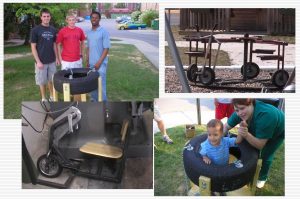
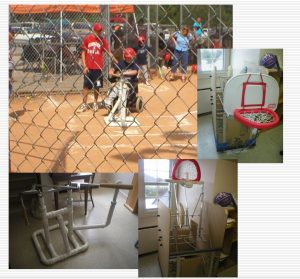
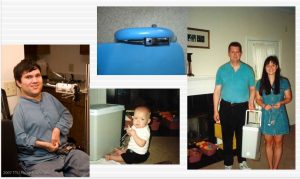
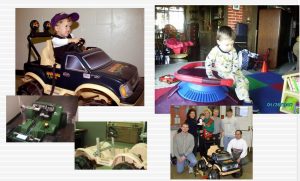
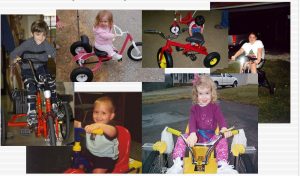
Hands-On Programming Experiences for Engineering Students:
Hands-on Programming: Matlab website Hands-on Programming: C website
Many students enter engineering programs as a result of hands-on experiences that they have had in the past. However, engineering programs often do not provide enough practical experiences early in the curriculum [1]. The freshman-level programming course for students pursuing engineering degrees provides an opportunity to build on incoming students’ perceptions of engineering and the tools that engineers use. The traditional entry-level programming course for engineers is based on learning C/C++, Fortran, Java or Matlab to solve numerical algorithms associated with common engineering models. Any use of a computer as a device to control physical events is generally contained in upper level courses. While creating and using programs to solve numerical analysis problems is an important tool for engineers, we contend that the current model is inverted on a pedagogical basis. Ideally, students would begin learning programming in an environment that matches their notions of engineering; that engineers design systems that control the world around them; and then later move to solving advanced models that describe how the world works. Based on recent advances in microcontroller hardware, associated programming environments and many examples of integrating programming with hardware in the loop for upper classman engineering, the investigators on this project propose to significantly enhance the programming experience for all engineering students by bringing hardware into the mix in a pedagogically appropriate fashion, and to integrate its use throughout the curriculum.
Our mission is to develop an appropriate, transferable and sustainable model for teaching programming to engineers that integrates hardware into the programming environment and is based on best-practice methods in education and our understanding of how people learn. Similar entry-level programming courses are offered at institutions across the country and as such the model will be tested at representative institutions including the lead, Tennessee Tech University (TTU), a master’s comprehensive university located in a rural region of Tennessee; an urban university with high research activity (University of Kentucky); an Historically Black College or University (Alabama A&M University), and a community college (Roane State CC) with a relatively large number of students transferring to engineering at TTU.
Our goal is to refine and extend a model [4] in which students begin learning programming in an environment that matches their notions of engineering; that engineers design systems that control the world around them, and then later move to solving advanced models that describe how the world works. Further, our model integrates the learning experience with continuous reinforcement of the basic concepts of programming through the combination of a programming toolkit and a developed set of curriculum connections in which students will participate as they move through the undergraduate curriculum. The basis for this proposed model is designed around three Principles of Learning (PoL) the authors deem critical for programming in engineering contexts and are highlighted in How People Learn [2, 3]:
- Engage students’ current knowledge to construct new knowledge –Student Engagement
- Students must be able to transfer early programming skills to new contexts, applications and environments – knowledge transfer
- Students must take control of their learning in programming to adapt to the rapidly evolving demands of using computation in engineering – Self-directed learning
